1. Introduction to HDPE Geomembrane
HDPE (High-Density Polyethylene) geomembrane is a thin sheet material made from high-density polyethylene resin, manufactured through extrusion, stretching, and other processes. It has excellent properties such as impermeability, chemical resistance, and UV resistance. HDPE geomembrane is widely used in water conservancy projects, landfills, tailings ponds, mining sites, ponds, and road construction, among other fields. Specifically in water landscape projects, it plays an important role in leakage prevention and environmental protection.
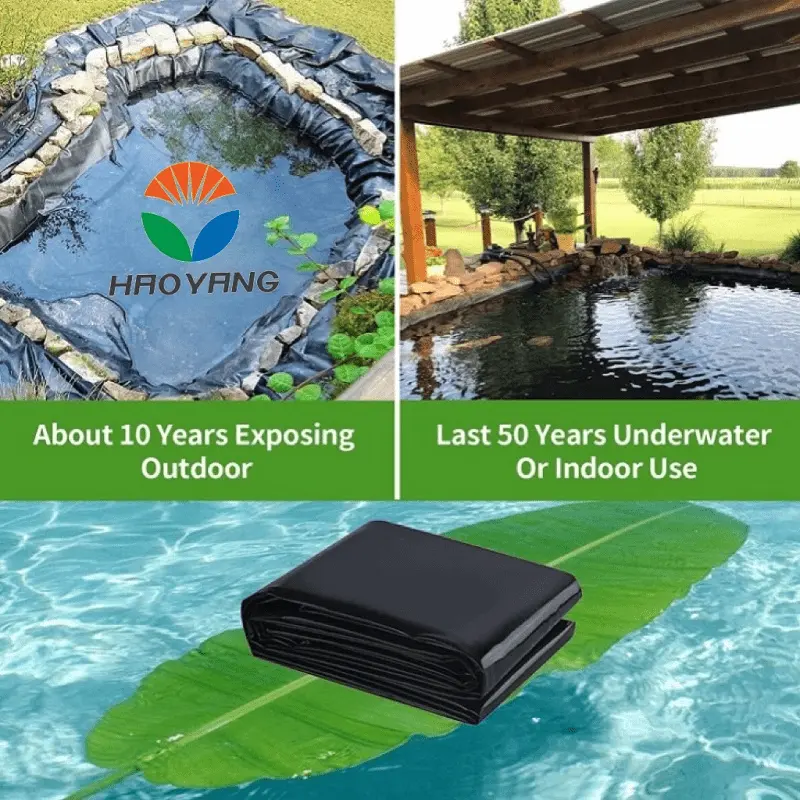
2. Application of HDPE Geomembrane in Water Landscapes
In the construction of water landscapes, preventing water leakage from ponds, artificial lakes, fountains, and other water bodies is a critical task. Since water landscapes often require long-term water stability, HDPE geomembrane, with its exceptional impermeability, has become the ideal material to address this issue. The specific areas of application include:
Anti-Seepage in Artificial Lakes and Ponds
In the construction of artificial lakes and ponds, preventing water leakage is a primary concern. HDPE geomembrane can effectively isolate the water body from the underlying soil, preventing water infiltration and reducing water loss. By laying HDPE geomembrane on the soil surface, water containment is significantly improved, ensuring stable water quality.
Base Leakage Prevention in Water Fountains
Leakage prevention at the bottom of water fountains is also essential. Since the bottom of the water pool is in direct contact with the soil, if there is no effective anti-seepage measure, the water will gradually leak out. HDPE geomembrane, with its excellent water resistance and chemical resistance, can prevent water loss from the fountain basin into the surrounding environment.
Ecological Water Body Restoration
In ecological water landscape designs, the construction of ecological ponds, wetlands, and other water bodies requires the use of geomembranes to ensure that water does not interact with surrounding soil, thus preserving water quality. HDPE geomembrane can effectively prevent harmful substances from infiltrating the water body, preventing water pollution.
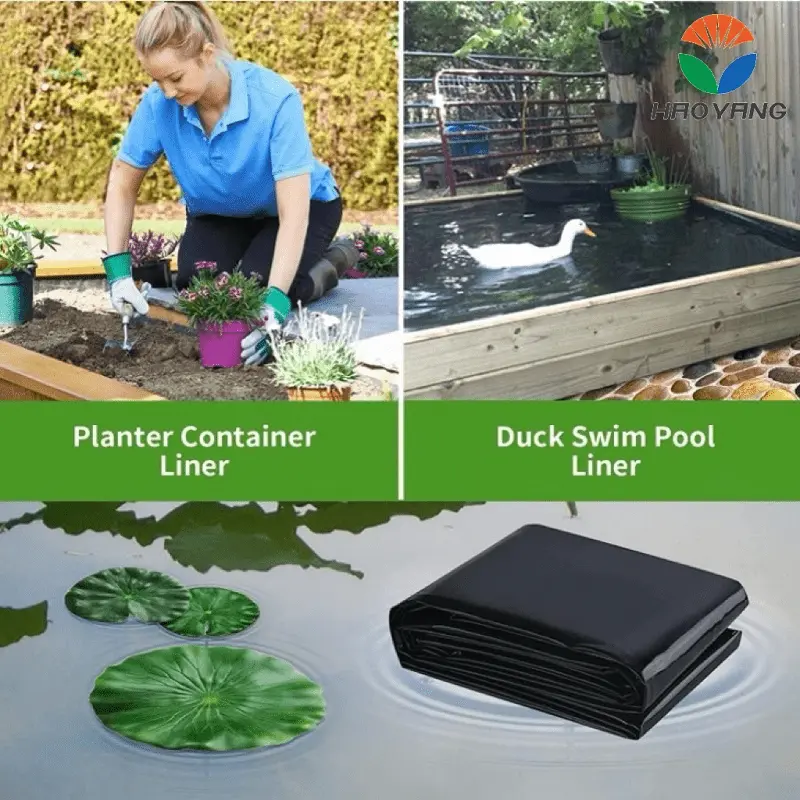
3. Advantages of HDPE Geomembrane
The application of HDPE geomembrane in water landscapes is not limited to preventing water leakage. Its superior physical and chemical properties provide several advantages, which are particularly significant in water landscape projects. These advantages include:
1. Excellent Impermeability
HDPE geomembrane has a high density and low porosity, making it highly impermeable. According to experimental data, the permeability coefficient of HDPE geomembrane is close to zero, meaning it can effectively prevent water leakage.
2. Chemical Corrosion Resistance
Water landscape environments may contain various chemical substances, such as harmful elements in water or acidic and alkaline substances in the soil. HDPE geomembrane has excellent resistance to most acids, bases, salts, and oils, making it a reliable and safe material for water landscapes.
3. UV Resistance
Water landscapes are often exposed to outdoor conditions and sunlight. Ultraviolet (UV) radiation can be a significant factor in material degradation. HDPE geomembrane incorporates UV-resistant additives, allowing it to effectively withstand UV radiation, prevent aging, and extend its service life.
4. High Strength and Flexibility
HDPE geomembrane has high tensile strength and tear resistance, which ensures that it will not be easily damaged during installation. Even in harsh environments, it maintains excellent performance, providing long-lasting protection.
5. Easy Installation
The installation of HDPE geomembrane is relatively simple. It can be welded and seamed according to specific requirements, which reduces the construction time and ensures that the quality of the installation is easily controlled.
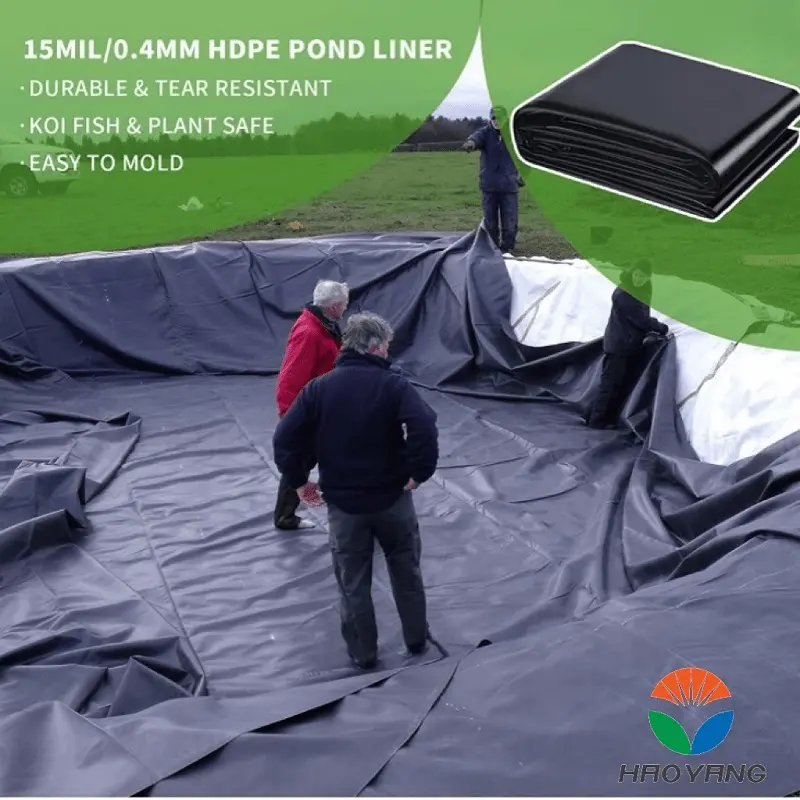
4. Technical Parameters of HDPE Geomembrane
When selecting HDPE geomembrane, the technical parameters directly impact its impermeability and service life. Common technical parameters include thickness, tensile strength, elongation at break, permeability coefficient, etc.
| Parameter | Unit | Typical Value | Notes |
|---|---|---|---|
| Thickness | mm | 0.5 - 2.0 | Depending on different application scenarios |
| Tensile Strength | MPa | ≥25 | High strength ensures the membrane won't tear |
| Elongation at Break | % | ≥12 | Indicates the stretchability of the material |
| Permeability Coefficient | cm/s | ≤1 × 10^-13 | Excellent anti-seepage performance |
| Break Elongation | % | ≥300 | High flexibility adapts to environmental changes |
| UV Resistance | % | ≥90 | Strong UV resistance to extend service life |
5. Installation Requirements and Precautions for HDPE Geomembrane
Although the application of HDPE geomembrane in water landscapes is highly effective, there are several key considerations during installation that must be followed to ensure its long-term performance.
Base Preparation
Before installation, the base must be smooth, solid, and free from sharp objects. Proper base preparation ensures the geomembrane’s proper installation and impermeability.
Installation Process
During installation, care should be taken to avoid excessive stretching or twisting of the geomembrane. The membrane should be laid flat to avoid damage. Seams between membranes must be welded strictly according to specifications to ensure water tightness.
Preventing Mechanical Damage
During the construction process, precautions should be taken to prevent mechanical tools or other hard objects from damaging the geomembrane. After installation, regular inspections should be conducted to check the integrity of the membrane and repair any damages immediately.
Environmental Adaptation
HDPE geomembrane’s performance in extreme environmental conditions, such as high or low temperatures and UV exposure, can affect its durability. Therefore, the geomembrane selected should be suitable for the specific geographical and climatic conditions of the installation site.
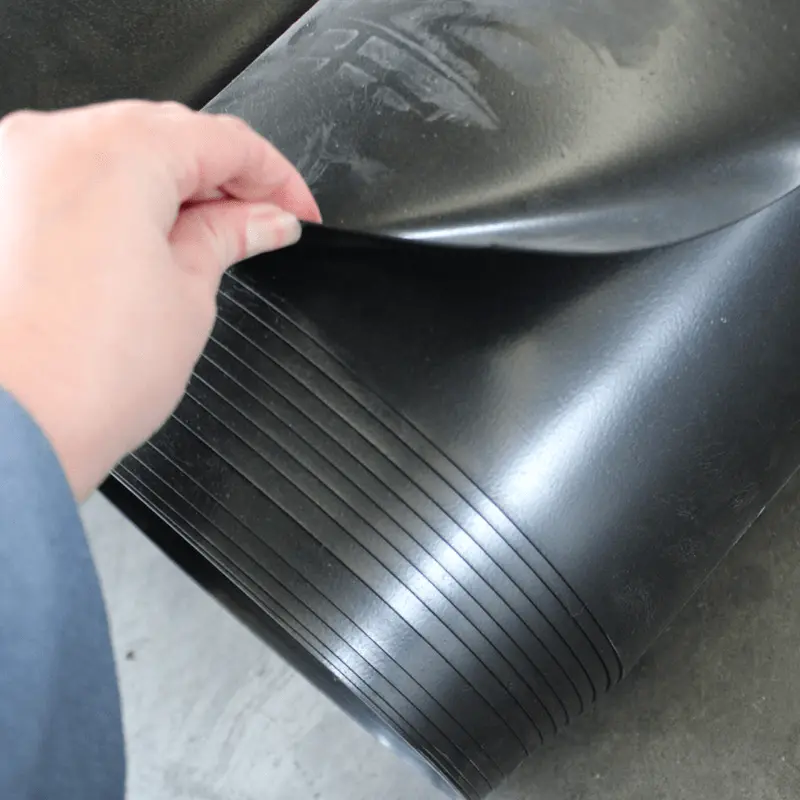
6. Conclusion
HDPE geomembrane, with its excellent impermeability, chemical resistance, and UV resistance, has become an essential material in the construction of water landscapes. Through scientific design and proper installation, HDPE geomembrane can significantly enhance the water tightness of water landscapes, ensuring stable water quality and reducing water loss. As technology continues to advance, the scope and effectiveness of HDPE geomembrane applications will expand, providing a solid foundation for future urban water landscape construction.
![]() 1.5 Double-sided smooth HDPE geomembrane.pdf
1.5 Double-sided smooth HDPE geomembrane.pdf
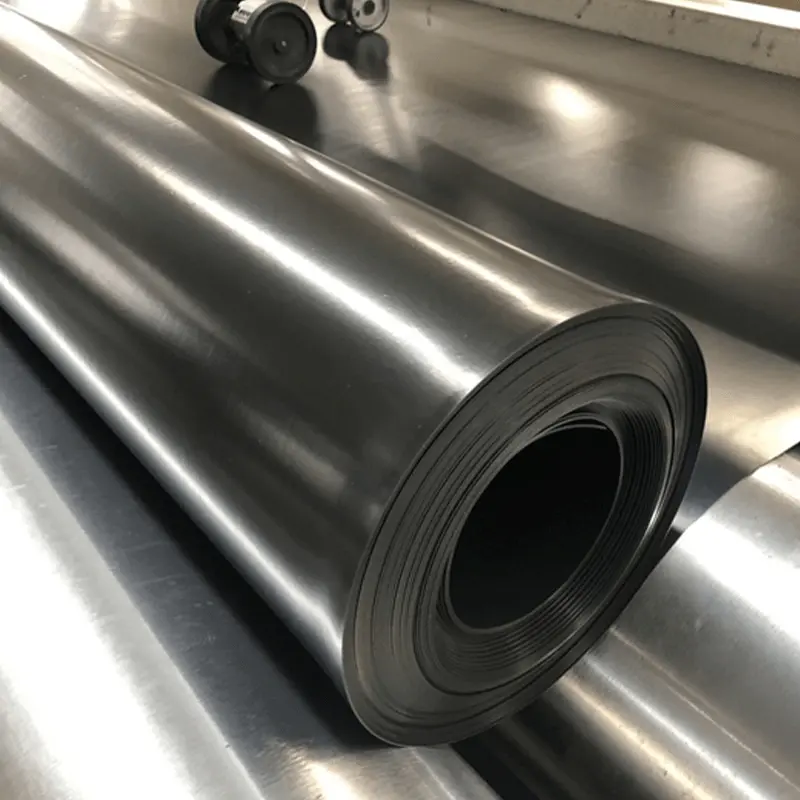
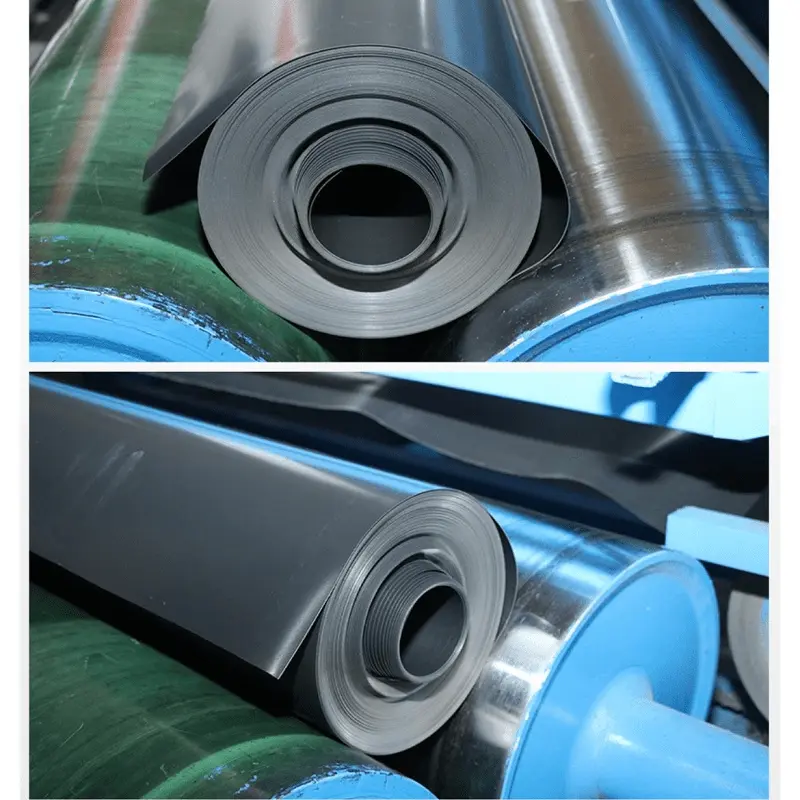
897.webp)
942.webp)
237.webp)